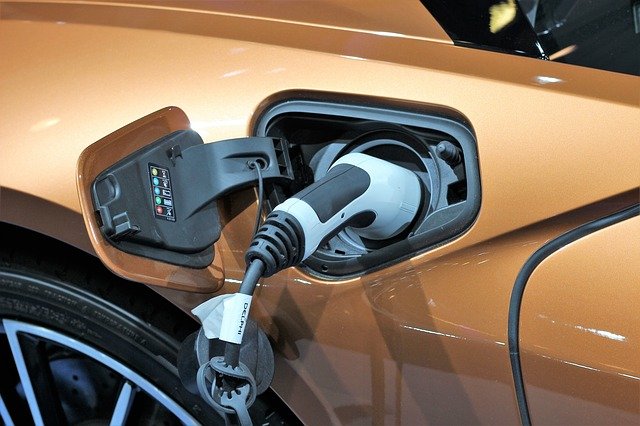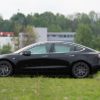
A plug-in hybrid car is simply a hybrid vehicle that can be charged internally by the on-board internal combustion engines, as well as by an electrical plug or adapter to an external power source. These vehicles run on a combination of gasoline and electricity and offer the same benefits as an electric or gas powered car. They are smaller than conventional gas-powered cars, fuel-efficient, virtually silent while running, environmentally safe, and inexpensive to purchase and to run. Here’s a quick plug-in hybrid car review, from top to bottom.
An Overview

A plug-in hybrid car has its battery charged by the internal combustion engines. As its batteries charge, its electric motor draws power from the battery, which in turn, charges the batteries. It is then released when the battery is fully charged, driving the vehicle. This type of system works well in areas where sunshine is available, has the best fuel mileage possible, offers the greatest overall control, and has the lowest insurance premiums.
Electric motors are an integral part of the entire hybrid vehicles system. They provide the power that propels the vehicle, as well as ensuring that the vehicle itself runs smoothly and is safe. Electric motors boost gasoline mileage significantly and also significantly reduce emissions. The biggest benefit to these electric motors is that they do not need to be plugged in, which significantly reduces energy consumption. In short, this means you save money on both fuel and emissions.
Features

Most plug-in hybrids offer some sort of extended warranty for their engines. This warranty covers engine problems, general maintenance and parts replacement, towing, and repair and battery changes, among other things. This level of service and support means that you are protected in the event that something goes wrong with your vehicle and you are no longer able to drive it. Extended warranties make long term use of these vehicles a low risk proposition for the manufacturer.
These vehicles use a unique system called a regenerative voltage regulator to store excess power in the batteries and then use that power to recharge the battery pack. This is done without using an electric motor. Instead, the electricity is stored in a battery and fed through a charge controller to the electric motors. The regenerative voltage regulator allows the engine to operate at higher engine speeds (and miles per gallon) when the battery is fully charged, but the vehicle requires much less fuel to travel the same number of miles per gallon when the engine is running at its maximum speed.
Benefits
A final benefit to these all-electric plug-in hybrid cars is the fact that they do not contribute to pollution. Their electric motors do not burn gasoline, releasing only harmful greenhouse gases into the air. Because they are smaller, they also require a smaller space to store their energy.
A major drawback to these vehicles is the effect they will have on fuel prices. Most gasoline vehicles, when powered by a gasoline engine, need about twice the engine power needed to propel the vehicle to its maximum potential, according to the Energy Star system. In this pure electric mode, the electric motor takes over completely. As a result, the vehicle must frequently accelerate to maintain the electric motor’s performance. As a result, the cost of these vehicles tends to be higher than other gasoline models.
Conclusion
Although a fully charged vehicle requires only half as much energy to power the vehicle, the slower the charge the less energy the battery can store. This extra electricity is used to power the vehicle during acceleration. When the engine is running at maximum speed, the extra electricity produced by the battery does not add to the amount of gasoline needed to propel the vehicle.





